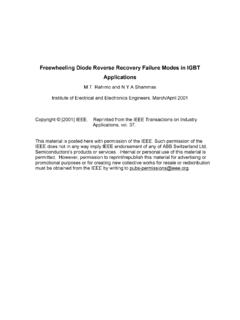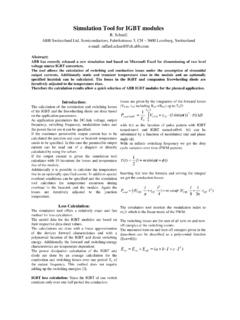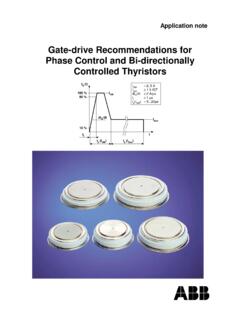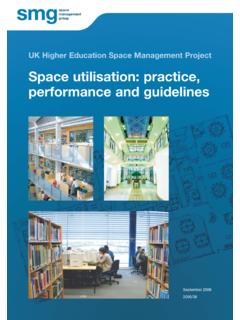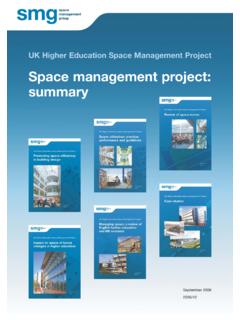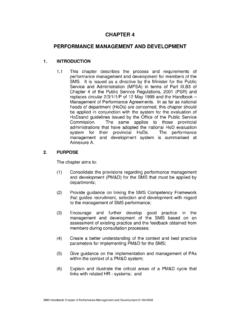Transcription of High current rectifier Diodes - 5S Components Inc.
1 rectifier Diodes for medium frequency welding machines Product information high current rectifier Diodes ABB Semiconductors AG. rectifier Diodes for medium frequency welding machines Product Information Bj rn Backlund, Orhan Toker ABB Semiconductors AG. May 1999. 1. Introduction ABB Semiconductors AG has long experience in designing and manufacturing of rectifier Diodes for high current resistance welding machines. Continuous improvements over the years have led to the design of the the producs available today. They are the Diodes 5 SDD. 40B0200 and 5 SDD 71B0200 using the same housing but with differences in the electrical parameters. Their very low forward voltage drop and thermal impedance in combination with good switching behaviour make them very appropriate for use in medium frequency welding equipment.
2 They can operate with frequencies up to 1000 Hz with welding currents over 10. kA having a load cycle capability of millions of cycles corresponding to years of operation under very severe conditions. 2. Welding diode users guide ABB Semiconductors AG has been cooperated with some of the largest welding equipment manufacturers for years. Through that cooperation ABB Semiconductors AG has gathered a lot of experience how to utilise the diode to reach optimum performance in terms of reliability and electrical characteristics, of which the welding current is the most important. In this product information we have tried to present our knowledge regarding the different issues that are of importance for designing a welding rectifier , to help the welding equipment manufacturer to design a reliable and powerful rectifier unit.
3 We start by presenting the features of our Diodes and explain how they affect the welding equipment performance. The installation and the mechanical considerations are then discussed and at the end we discuss reliability issues and the calculation of the welding current with consideration to the life time requirements of the equipment. The welding Diodes from ABB Semiconductors AG. ABB Semiconductors AG has 2 Diodes in the product range which are specially designed for welding rectifiers. Both use the same housing size but they have some differences in the electrical performance as can be seen in table 1. Type and ordering VRSM VRRM IFAVM IFSM VF0 rF TVJM RthJC RthCH Fm number ** = VRSM/100 V TVJM Tc = 85 C ms 10 ms TVJM TVJM. TVJM TVJM. V V A kA V m C K/kW kN.
4 5 SDD 40B0200 200 200 6130 170 10 5 22. 5 SDD 71B0200 200 200 7110 170 10 5 22. Table 1 The welding Diodes from ABB Semiconductors AG. ABB Semiconductors AG 2 Doc. No. 5 SYA 2013-01 May. 99. Figure 1 Outline drawing of the welding diode . Symbol explanations and their relevance to the welding equipment. VRSM: The maximum surge peak reverse blocking voltage is the maximum single pulse voltage level that the devices can handle without the risk of destruction. If a voltage spike above this level is applied there is a risk of over voltage break down causing the diode to fail and becoming a short circuit. VRRM: The maximum repetitive peak reverse blocking voltage is the maximum repetitive voltage level that the devices can handle without the risk of destruction.
5 If a repetitive voltage above this level is applied there is a risk of a break down, normally by thermal run-away, causing the diode to fail and becoming a short circuit. IFAVM: The maximum average forward current is calculated for current with 180 sine wave pulses at case temperature 85 C. The parameter has not so much to do with the real application but it gives some idea about the capability of the device when comparing various devices. IFSM: The maximum surge peak forward current is defined with a 10 ms long 180 sine wave current pulse with no voltage reapplied after the surge and expresses the maximum current pulse the diode definitely can handle without malfunctioning. It is normally used for the design of the semiconductor protection, as specially designed fast fuses, but for welding equipment it is seldom of any significance since the transformer is often limiting the current well below this value.
6 VF0: The threshold voltage is together with rF: Slope resistance, a linear representation of the forward voltage drop for the diode and they are used to calculate the conduction losses. For a given current the conduction losses are calculated using formula 1. For the welding application VF0 and rF should be as low as possible to keep the losses to a minimum. 2. Ploss = V F 0 * I FAV + rF * I Frms Formula 1 where Ploss is the power loss, IFAV is the average value of the current through the diode and IFrms is the root mean square value of the current through the diode . TVJM: The maximum junction temperature is the maximum allowed calculated temperature for the silicon wafer. If it is exceeded the ratings for the device are no longer valid and there is a risk of destruction of the device.
7 ABB Semiconductors AG 3 Doc. No. 5 SYA 2013-01 May. 99. RthJC: The thermal resistance junction to case is together with RthCH: Thermal resistance case to heat sink, a measure how good the power losses can be transferred to the cooling system. The temperature increase of the silicon wafer inside the diode and the heat sink is calculated using formula 2. RthJC and RthCH should be as low as possible since the temperature of the silicon wafer is the limiting factor regarding the current capability of the diode and as we later will see the temperature swing for the silicon wafer is determining the load cycling capability and through that the life time of the diode . Ploss TJH =. RthJC + R thCH. Formula 2 where TJH is the temperature difference between the silicon wafer and the heat sink.
8 Fm: The mounting force is the recommended force to be applied to get optimised performance from the device. Too low mounting force will increase the losses and worsen the thermal impedance thus leading to higher junction temperature swing causing a lower operating life time for the diode . Too high force may lead to local pressure spots causing the diode to break mechanically under load cycle conditions. Customer specific devices. The 2 presented Diodes are ABB Semiconductors AG standard devices. For specific needs we can also, within limits given by the design, adapt the devices according to customer specifications. Additional measurements, certain selection of electrical parameters and special coating are possible features that can be added to the standard diode .
9 If such features are useful for improving the equipment performance please contact ABB. Semiconductors AG for further information. Consideration regarding correct installation of the diode The mechanical design of the rectifier is crucial for its performance. Inhomogeneous pressure distribution is for instance one of the most common causes for diode failures in welding applications. The cooling Considering the size and weight demands for a welding rectifier combined with the high average power, water-cooling is in most cases the only alternative. This does normally not present a problem since other Components in the welding systems, as the welding gun, are water-cooled. Regarding the design of the heat sink it must be remembered that the cooling should be homogeneous over the contact surface of the diode .
10 To have just one water channel through the centre of the heat sink is for heavy-duty equipment not sufficient and loften leads to over heating of the diode rim. It is preferred to use water chzannels which give some turbulence to the water instead of straight For equipment with medium or low utilisation it may though be considered as an option to reduce cost. Doc. No. 5 SYA 2013-01 May. 99 4 ABB Semiconductors AG. The clamping The clamping must be carefully designed to give a homogeneous pressure distribution over the whole contact surface of the diode . Uneven pressure will lead to deformation of the housing and internal stress between the different layers in the diode , causing the diode to fail after a much reduced number of load cycles compared to a diode with homogeneous pressure distribution.
